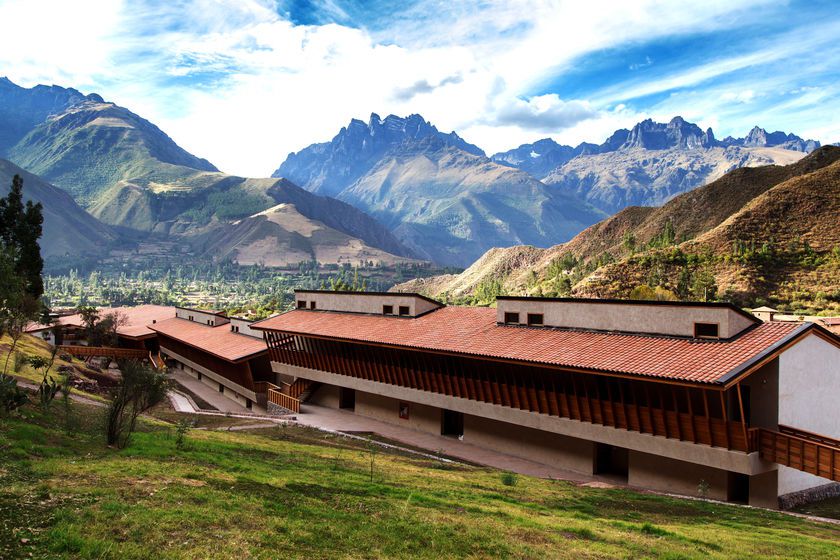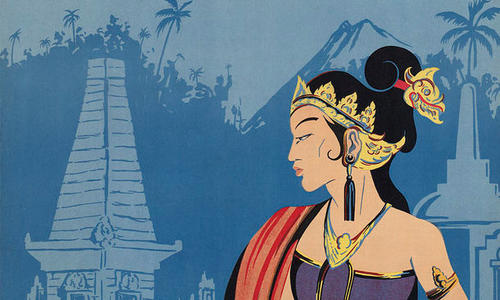Introduction
While Machu Picchu grabs the headlines, standing imperiously on its Andean throne as a poster child of a lost civilisation, the Sacred Valley is crammed full of hidden jewels that reach back, via archaeological sites and a colonial renaissance, to Incan fortresses and historic market towns. It's all reached from Cusco, a city who's cultural wealth – both Incan and colonial – is among the greatest in Latin America.
Machu Picchu
Altitude aside, this is undoubtedly one of the high points of world travel. Dating back to the 15th century, Machu Picchu – literally ‘old peak’ – was kept hidden from the Spanish conquistadors until its rediscovery in 1911 when a local innkeeper led American explorer Hiram Bingham to its lost summit perch. Today, the spectacular Inca Trail and winding train rides bring you to what has become the most recognisable archaeological site in the Americas. Commonly believed to have been built for an erstwhile Incan emperor, palatial royal residences, religious sites and military quarters combine to form an imposing citadel. It’s all set to a backdrop of forested slopes and carved peaks – vistas every bit as grand as the city complex itself.

Sacred Valley
El Valle Sagrado to the locals and Río Urubamba to cartographers is a region of exceptional natural beauty. The hairpin turns of its river author are mapped out onto great rocky escarpments that give way to thick forests as condors dart in and out of its misty shroud. It’s the picturesque setting for colonial towns and a collection of important Incan sites. Combine the two with Pisac whose ruined fortress looks out over those signature terraces to the town below while Chinchero – a typical Andean village – has fused a colonial church in among its ancient Incan ruins and traditional market. Not to be outdone, nearby Ollantaytambo’s ruins cling to the mountainside in more giant green steps than it has syllables.

Cusco
As the world’s oldest continuously inhabited city, this is much more than a mere gateway to the region; charming Cusco marks the meeting point of colonial majesty and Incan solemnity. Its Coricancha Temple – complete with Incan foundations and Dominican church topping – is a fitting metaphor for the city’s contrasts while its Incan Sacsayhuaman Fortress and 17th century La Compania church keep their influences separate. However, it’s in its cobbled streets that Cusco really comes to life. Bustling markets sell the finest alpaca knits and plaza-side cafés dish up the best in Peruvian gastronomy. Think mouthwatering anticuchos beef skewers, rich Amazonian chocolate and hearty pork stews.



















